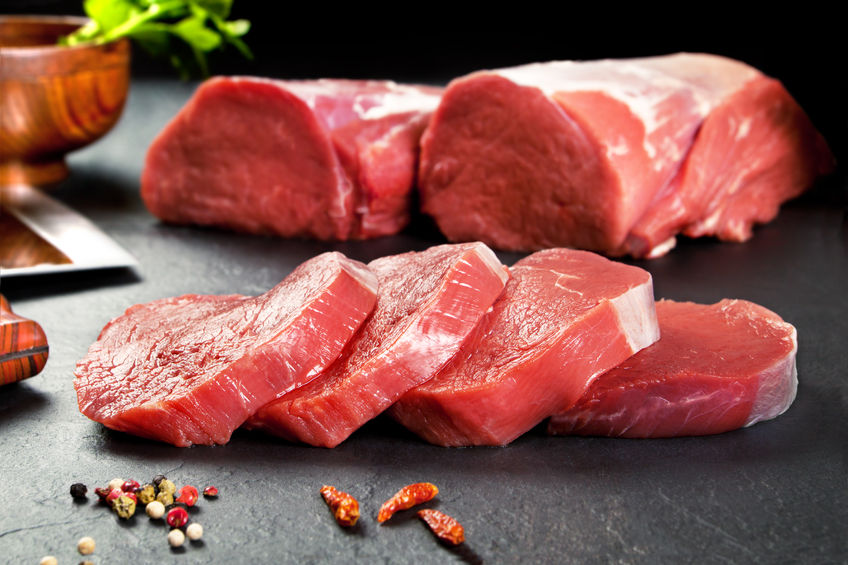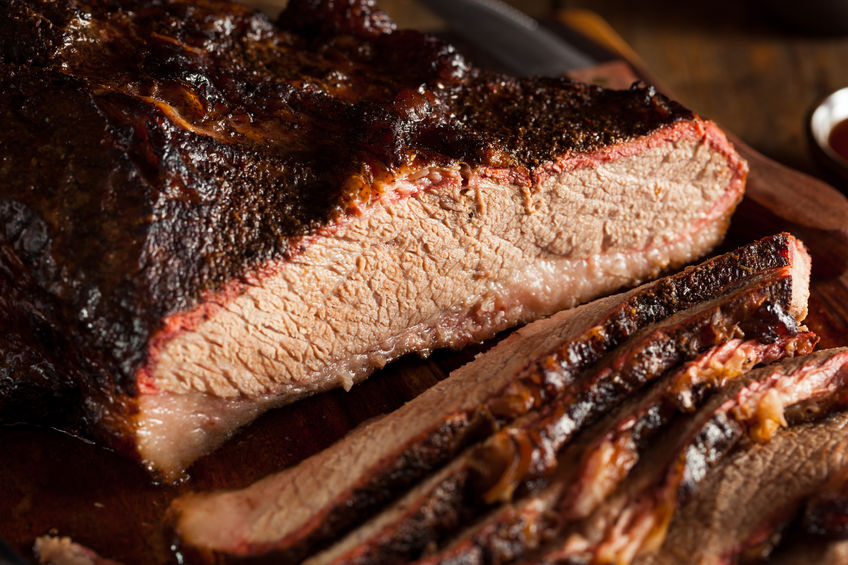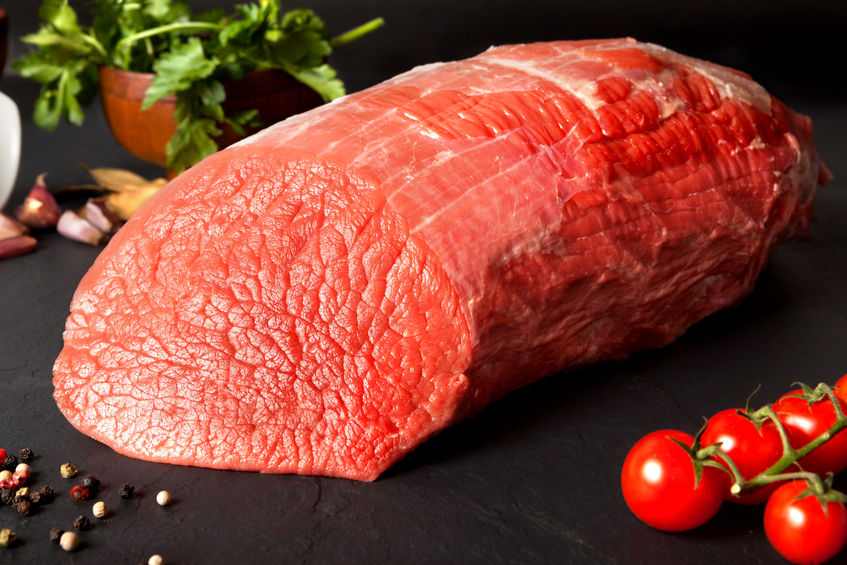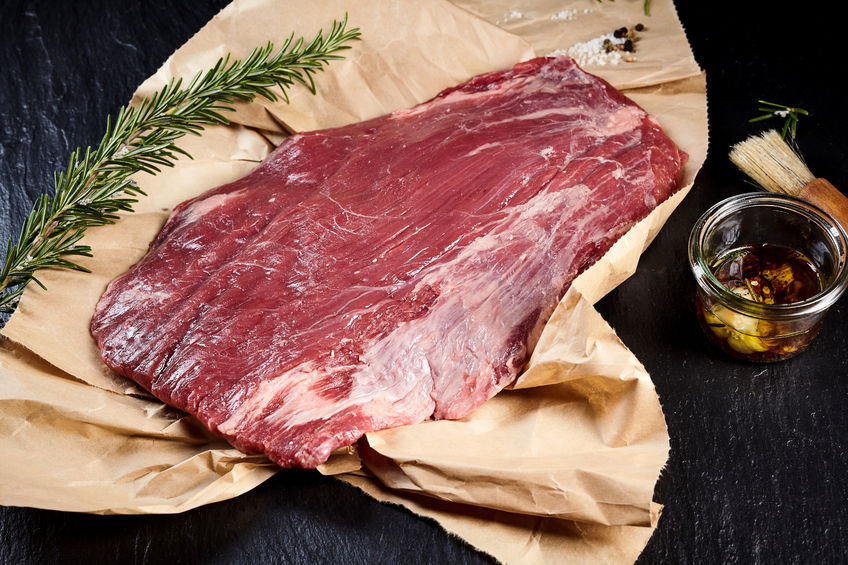When you choose the cuts of beef you want to sell to your customers, it’s important to know the difference. After all, being able to advise your customers on the best cut for a gorgeous medium-rare roast beef or a tender stew can improve your reputation and help your business thrive. Here’s what you need to know about the most popular cuts and the differences between them.
Tenderloin

Beef tenderloin is by far the most tender and most flavorful cut of beef. It’s found on the top of the cow just behind the rib, and because there isn’t much marbling, it’s incredibly lean and naturally tender. It is easy to overcook, however, so it’s important to cook loin quickly for the best results. In fact, because it contains very little in the way of fat or connective tissue, it’s one of the most expensive cuts, too. The loan can be divided into short loin and sirloin, and while short loin is more tender, both are considered top cuts.
Chuck

Chuck is both flavorful and cost-effective. This cut comes from the shoulder of the cattle, which is another highly-used set of muscles. It contains a lot of connective tissue, which makes it quite tough when cooked quickly. Chuck can be sold whole, as a roast, or it can be ground, which offers a leaner, more flavorful option than traditional ground beef. Chuck is perfect for hamburgers and roasts designed to be cooked low and slow, such as pot roasts and stews.
Brisket

Brisket is typically sold whole, and it comes from the top of the cow’s front legs. Because these muscles are used more than any other, these cuts can be tougher than most. Brisket does very well when it is brined since the salt tends to help break down the fat and connective tissues, and the best way to improve a brisket’s tenderness is to slow cook it. Although it can be tough when it isn’t cooked properly, brisket is incredibly flavorful, which makes it a great choice for either roasts or stews. Brisket is also fantastic for smoking at low temperatures.
Round

Round is another inexpensive cut that is perfect for many different types of meals. It’s found on the back part of the cow, including the rump and hind leg. It’s a leaner meat that is slightly tough, but not as tough as the chuck or the brisket. Round is often sold ground, but you can also cut it into eye of round, sirloin tip, and butterfly top round steaks. When cooked slowly over low heat, the meat can become very tender and fall apart at the touch of a fork, which makes it a great choice for things like stew or shredded beef.
Flank

Finally, the flank is incredibly flavorful thanks to gorgeous marbling. This cut comes from the “belly” area of the cow, and while it’s one of the tougher cuts, it can also feed many people. Flank steak is one of the most popular cuts of beef, and it benefits from a marinade to help tenderize it. Most people choose to grill, broil, or pan-sear the flank, but it can also be braised if it’ll be served roast style.
These cuts represent the most popular found in supermarkets across the country today. Some are incredibly tender and flavorful, and others are a little tougher and require more patient cooking. Regardless, when you offer (and know the difference between) these cuts, you’ll provide your customers with the best possible selection.
Thank you for the informative wtite up. Could you please also educate us on ‘Shoulder Clod’ ‘Knuckle’ ‘Silverside’ and ‘Topside’ cuts too? Because these are the cuts that we generally encouter when we shop for beef.
Missing the NY strip, rib eye, t-bone, porter house, calf, neck, cheek and tail. The last 4 are great for amazingly flavored stews.
Thank you for a simple explanation of these cuts. I always wondered.
It’s very informative. Thank you